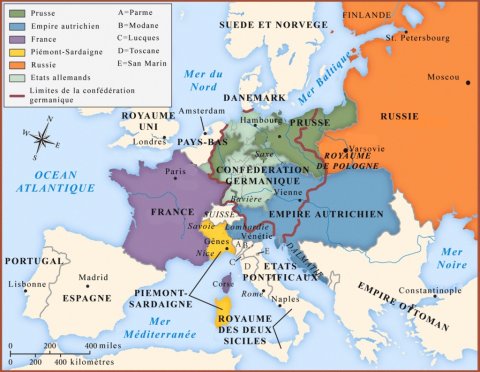Questions to Jean Tulard: From one regime to another.
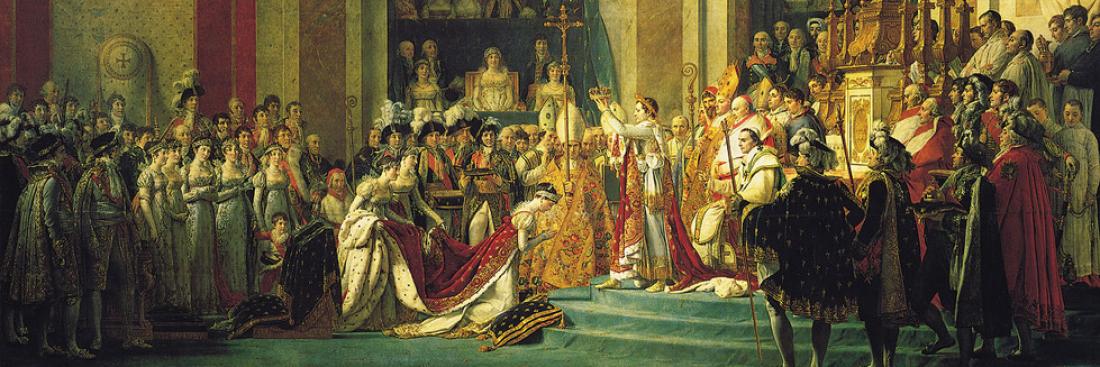
1- A man of order but who organised Coups d'État, the guardian of the republican heritage but also an emperor, combatant and manager, Napoleon was a complex character. How can you describe his regime?
In St. Helena, Napoleon himself described his regime as a ”dictatorship of public safety”. In Rome, when the Republic was threatened, a dictator was invested with all powers. He then rectified the situation and abandoned his powers. This was the case of the mythical Cincinnatus.
If it were not for the Brumaire coup, another coup - a royalist one in this case - would have restored Louis XVIII who in his Verona proclamation in 1795 announced an outright restoration of the Old Regime as if there had never been a revolution. Bonaparte saved the conquests of the revolution: equality, the destruction of feudalism, the sale of national assets (a gigantic transfer of property)... He sorted out the military situation by signing the peace treaty of Amiens which ended war in Europe, he restored public finances and took France out of anarchy by giving it new institutions (prefects, the Council of State...). That was more than Cincinnatus did. And when he took the oath at the coronation ceremony in 1804, he said: ”I swear to maintain the integrity of the territory of the Republic.”
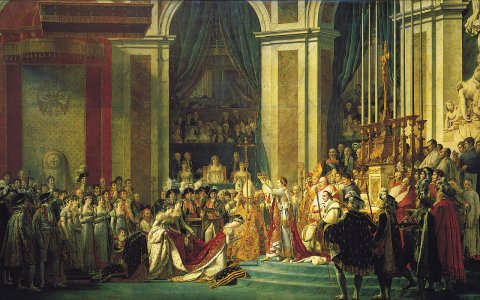
The Coronation of Napoleon by Jacques-Louis David - This scene shows the moment when Napoleon takes the imperial crown from the hands of Pius VII to place it on his wife's head the Empress Josephine.
Had he withdrawn at the beginning of 1803, he would have had the image of the ideal ”saviour”. This was what Beethoven expected.
There was a drift towards monarchism. Talleyrand encouraged it. It was necessary to face the hatred of European monarchies against the Revolution and the idea of a Republic.
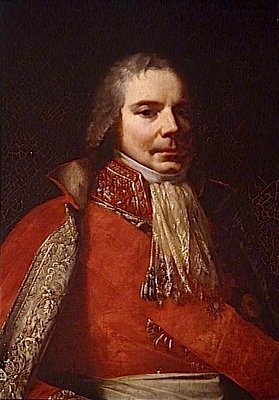
Talleyrand dressed as Lord Chamberlain (detail), by Pierre-Paul Prud'hon, red version portrait 1807 (Carnavalet Museum in Paris)
Dress up this Republic as an imperial monarchy, was this not the safest way to disarm the hostility of sovereigns and thus save the conquests of the Revolution?
2- How do you explain the fall of the Empire?
By defeat. Napoleon had no legitimacy other than being a bulwark. He explained this to Metternich: other monarchs can be defeated without losing their throne, he could not. For the annexed territories, he made the mistake of not using referenda, a form of consultation in which he excelled. These conquests would have been legitimised. From Spain to the Duchy of Oldenburg, he forgot the principle proclaimed by the revolutionaries of the right of peoples to self-determination. In Germany, as in Italy, Spain and Holland, the Grand Empire was swept away by national reactions.
3- Why didn't the Napoleonic dynasty take hold?
Time ran out and an heir was born too late. It takes at least two generations for a dynasty to take hold. Bernadotte succeeded in Sweden. One wonders whether, in France, there was a feeling of weariness about the monarchy. The Bourbons lasted fifteen years (1815-1830), Louis-Philippe, from Orleans hardly eighteen years (July 1830-February 1848). In any case, at the time of Malet affair, i.e. the false announcement of Napoleon's death, the authorities overlooked his heir, the King of Rome, who had just been born. This proved that a Bonaparte dynasty did not exist at the time. Napoleon was a simple dictator.
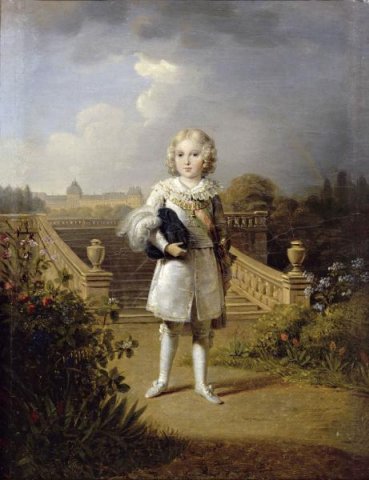
Portrait of the King of Rome. Anonymous from the nineteenth century. Source: Saint Helena, Napoleon Bonaparte collection, 1821; Rome, Letizia Bonaparte collection, bequeathed in 1836 to her brother; Rome, Cardinal Fesch collection; bequeathed by Cardinal Fesch to the town of Ajaccio in 1839; transaction between the Count of Survilliers (Joseph Bonaparte) and the town of Ajaccio in 1842.
4- In what state was France in 1815?
The new Europe of 1815. Source: Public domain
click here to see the full-size image
France was not financially ruined because the war funded the war. Napoleon demanded huge compensation from the defeated countries. France was brought back to its former borders (or thereabouts). It was still a great nation thanks to Talleyrand whose role at the Congress of Vienna was remarkable.
5- A diplomatic battlefield, the Congress of Vienna gave birth to a new European order. This order, based on monarchical legitimacy, offered a balance between continental powers which however seemed to ignore the aspirations of the people. What was the upshot of that to be?
The principle of the Congress of Vienna was to restore former dynasties, including Italy, by neglecting national sentiment which had awakened in Europe in 1813. Poland became subject to Russia, Belgium united with Holland... all errors. The work of the Congress of Vienna was to be shaken by the revolutions of 1830 and swept away by those of 1848.
6- What is the Napoleonic legacy to France? What remains today of his inheritance?
From Napoleon we still have the institutions (prefects, the Council of State, the Court of Auditors, rectors, etc...), the codes (but updated), monuments (Vendôme Column, Arc du Carrousel...)... and the military glory.
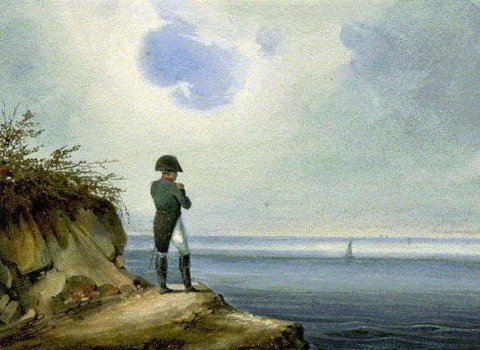
7- At its peak, the great Empire consisted of 134 departments. A real France on a European scale and that seemed ungovernable. How did Napoleon exercise his authority?
Everything started out from Napoleon and everything ended up at Napoleon. On the eve of the Battle of Leipzig in 1813, he was signing pensions for widows of police commissioners and approving elections to the Institut while the fate of Germany hung in the balance.
8- Monarchical centralisation burdened by the weight of the provinces and the privileges. Jacobin inspired centralisation thwarted in turn by Gironde-style federalism and by the Vendee royalist reaction. France seemed to hesitate between these two management methods. What was Napoleon's conception of how the State should be organised?
Napoleon was in favor of a strong centralised power. The prefects are his representatives in the departments and have no freedom of action. However, on St. Helena, Napoleon said that when peace returned, he would loosen the reins of this power. In reality, this is probably a concession to liberal ideas flourishing in France at the time.
9- After the decentralisation laws in 1982, the constitutional reform of 2003 or the 2007 General Review of Public Policy, what remains of the Napoleonic State?
The tangle of institutions that make up the ”millefeuille” of local authorities has almost left the authority of the state intact. The departments still have a bright future ahead of them.


